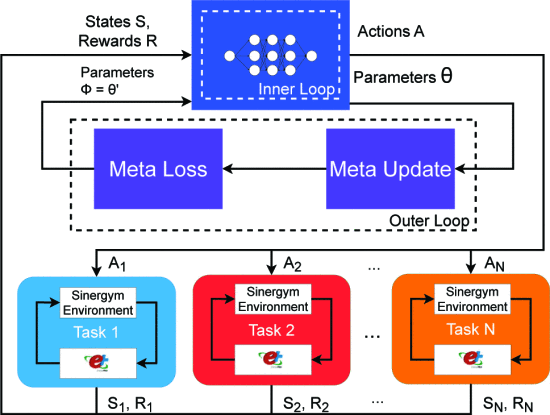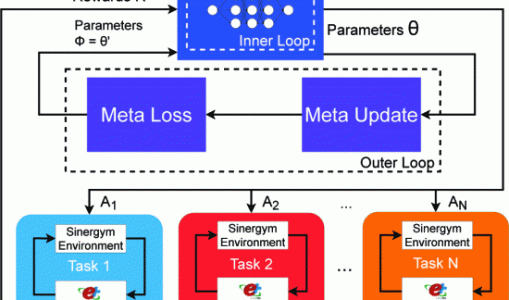Analysis of Model-Agnostic Meta-Reinforcement Learning on Automated HVAC Control
Heating, Ventilation, and Air Conditioning (HVAC) systems consume nearly one-quarter of global building energy use, making their optimization a key challenge for sustainability. Traditional control methods—ranging from rule-based strategies to model predictive control—struggle to balance energy efficiency and occupant comfort in dynamic environments. Reinforcement learning (RL) has shown promise in this domain, yet conventional RL approaches often lack adaptability when faced with new climate conditions or building configurations.
This study introduces a Model-Agnostic Meta-Reinforcement Learning (MAML-RL) framework for automated HVAC control. By integrating Model-Agnostic Meta-Learning (MAML) with Double Deep Q-Networks (DDQN), the system is designed to rapidly adapt to changing environmental conditions while maintaining efficiency. Using Sinergym, an EnergyPlus-integrated simulation platform, we benchmarked MAML-DDQN against conventional DDQN-based HVAC controllers under year-long, mixed-climate simulations.
Results show that MAML-DDQN achieves a 7% reduction in power consumption compared to standard DDQN, while dynamically adjusting to seasonal variations and sudden anomalies. Although temperature violations slightly increase in some conditions, the meta-learning framework demonstrates greater flexibility, adaptability, and long-term efficiency. Reward trends reveal that MAML-DDQN balances occupant comfort and energy use more effectively across diverse seasonal scenarios, highlighting its robustness against environmental fluctuations.
This work is among the first to apply meta-learning principles to HVAC automation, demonstrating that bi-level optimization can enhance adaptability in real-world building control. Future directions include applying transfer learning across different building types, integrating multi-agent reinforcement learning (MARL) for multi-zone HVAC systems, and exploring generalization across climate regions to further improve scalability and deployment in smart buildings.


